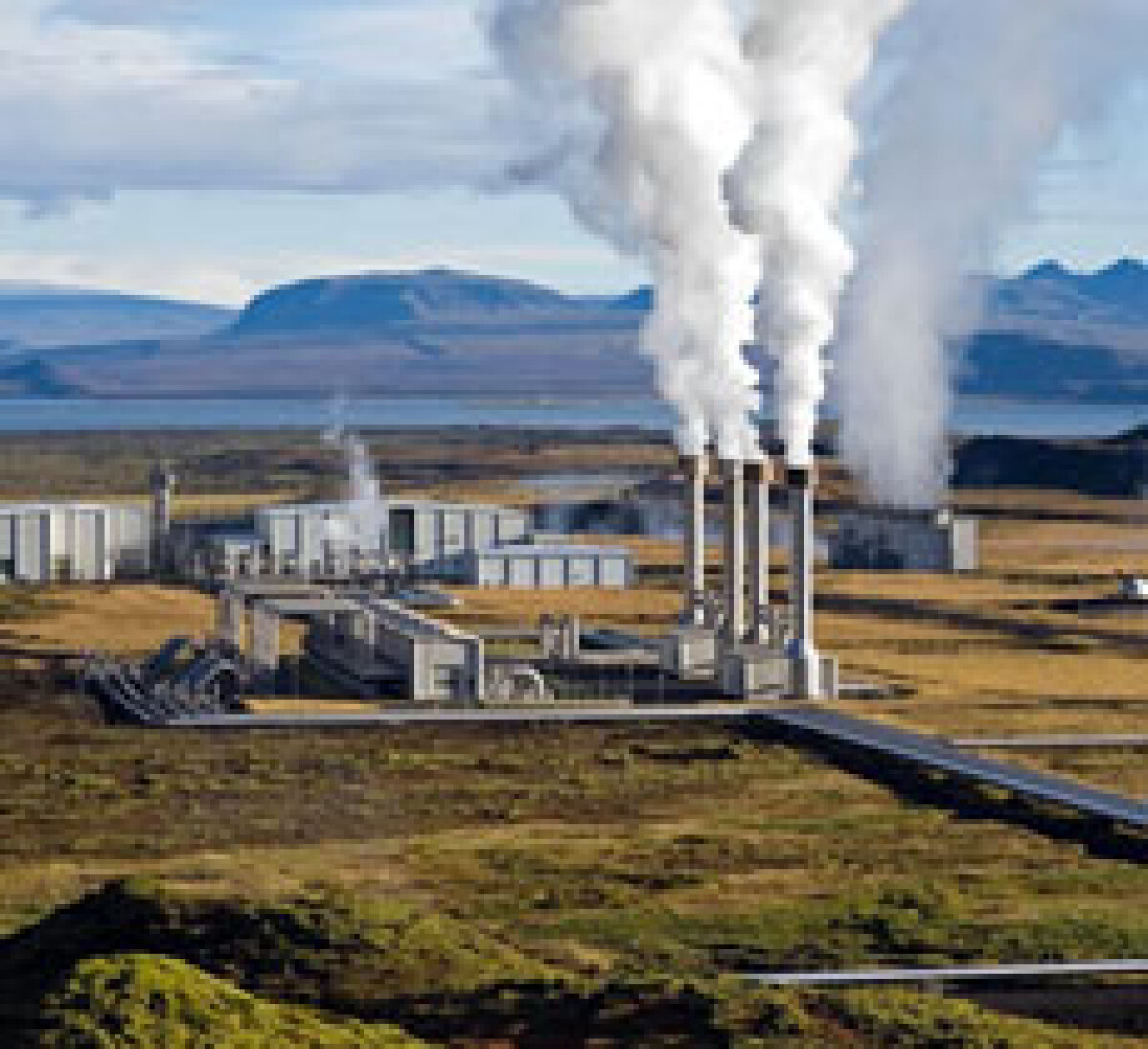The launch of the EGEC Deep Geothermal Market Report 2011

Last 7th December 2011 in Milan at the third edition of the official conference of the European Geothermal Energy Council, GeoPower Europe, the EGEC Deep Geothermal Market Report 2011 was launched highlighting the strong growth in the deep geothermal market in Europe.
Reported data demonstrate that the market is growing, but experts of geothermal electricity productionand District Heating underline that the sector needs continued attention to keep the positive momentum.
In particular, EGEC President Dr Burkhard Sanner reaffirms the necessity of increasing support for an investing in geothermal now by underlining: “Geothermal energy receives comparably less support than other renewable energy sources, and In spite of this, there are continued positive trends emerging, in terms of number of new geothermal power plants, and geothermal District Heating systems. This means that by 2015, there will be significantlymore installed capacity for geothermal electricity and heating.”
The main advantages of Geothermal Power are:
•It is a Renewable Energy Source (RES): the heat from the earth is inexhaustible
•It delivers heat and power 24 hours a day, throughout the year•It is available all over Europe with minor land use
•It is a local resource, creating local employment
•It can be modulated according to type of resources, to size and nature ofequipment, and in order to meet demands
•It supplies base-load energy with a load factor higher than 90%
Key Facts of the 2011Report: Geothermal Electricity
•3 Technologies: Conventional(Hydrothermal), Binary (ORC or KalinaCycle) or EGS (Enhanced GeothermalSystems)
•59 Geothermal Power Plants in 2011
•Total Installed Capacity in Europe: 1.6GWeProducing 10,9 TWh of Electric Power
•Future: More than 3,000 MWeInstalled Capacity within a decade

Geothermal District Heating
•212 GeoDH systems in operation inEurope
•Total capacity of approx. 4,700MWth
•Main GeoDH markets today are inFrance (42 systems), Iceland (33),Germany (26) and Hungary (16).
• By 2015, 200 new plants will bringanother circa 4,000MWth



